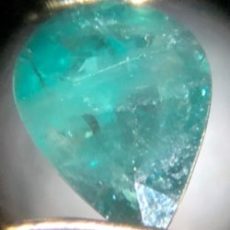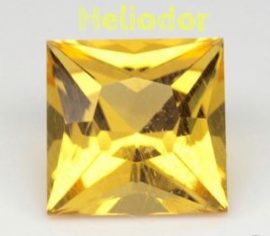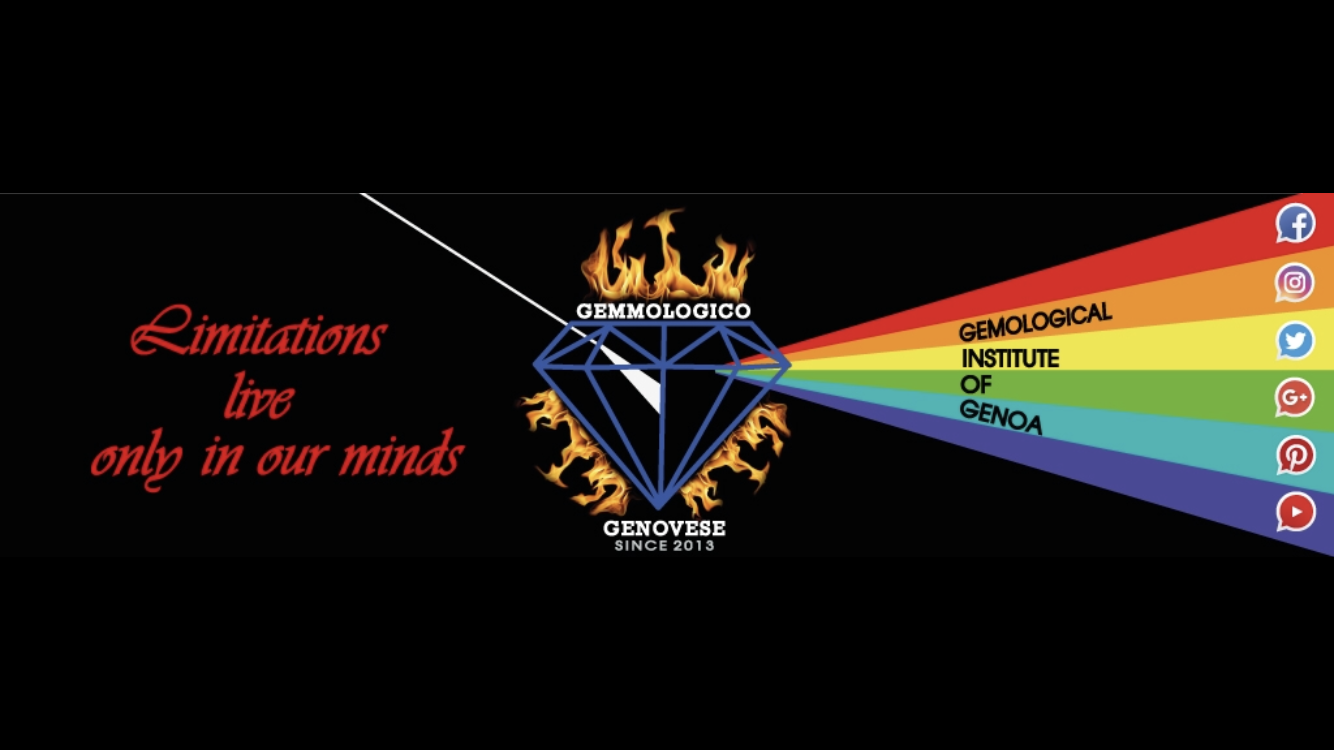
The very rare Grandidierite Gemstone
As a good naturalist, Alfred Grandidier (1836-1912) was a lover of colors. He was recognized by everyone as the foremost authority in the field of natural history of Madagascar.
His two favorite colors were green and blue. This was what prompted the true discoverer of the Grandidierite, the mineralogist Alfred Lacroix, to name this Gemstone after Alfred Grandidier.
In fact, Grandidierite presents itself to the world with these two typical colors, after a tortuous journey in the depths of the earth. Sometimes the blue is the dominant color with a green background, other times the green is the dominant color component, accompanied by a magical blue.
Grandidierite crystallizes in the orthorhombic system, such as Peridot and Tanzanite, but it has a hardness superior to these two Gems. Because of the high hardness, it can be mounted on rings and necklaces, thus making these Jewels unique.
The Specific Gravity of the very rare not included Crystals is 3.01. Since it crystallizes in the orthorhombic crystal system, it is consequently trichroic. The three colors shown by the specimens that the Gemological Institute of Genoa has been lucky enough to analyze are: Colorless, Blue and greenish-Blue.
Quality Gem Grandidierite is extremely rare. Facetable material above one millimeter in size appeared only in Madagascar and Sri Lanka. In Sri Lanka, a sample without any inclusion weighing 0.29 carats also appeared.
The World Premiere of the Grandidierite video!
On our Youtube channel Gemological Institute of Genoa you can see the Grandidierite specimen inner. The Gem is transparent and weighs more than one and a half carat, a very rare weight for this Precious Stone. Also clicking play in the video below, you can see this beautiful Gemstone from Madagascar.
with the typical inclusions of Zircon and Ci-apatite.
The latest finding of Grandidierite
In 2014 a new deposit of Grandidierite in Madagascar emerged, near Tronamaro. But be aware, because we are talking about:
1) a very small field, which measures only a few acres.
2) a land accessible only after traveling for 50 km on a windy, dangerous and unpaved road.
3) land accessible only after an additional half-day walking by foot.
Excavations are performed manually by small-scale independent workers. Grandidierite production is irregular and completely discontinuous. The very rare crystals are extracted manually, taking great care not to damage them.
Until 2014 there were only 12 specimens of facetable Gem-quality Grandidierite. In most cases, cuts were made to give round brilliant shapes to the Grandidierites.
Moreover, the new deposit, discovered in Tronamaro, is really modest. If it is true that about 800 kg of rough have been excavated up to now, it is also true that only 60 Gem-quality Grandidierite grams (equivalent to 300 carats) have been extracted. The Gem-quality ratio compared to the mined rough is incredible: 1 out of 13,000. The best Gem-quality specimens will end up in the most prestigious museums or in the best private collections of the world.
[col type=”full”]
[btn link=”https://www.youtube.com/channel/UCE4HxFFklFAykHkOJ2JXDAQ” color=”red” size=”size-l” target=”_blank”]Enroll Here For Free in the Youtube Gemology Course online[/btn]
Related Articles

Heliodor and his Brothers.. Bixbite, Morganite..
Heliodor: Golden Beryl, Brother of Aquamarine and Goshenite When in nature, the Beryl appears yellow it is called Heliodor, when instead it shows a enough green it is called Emerald.…
